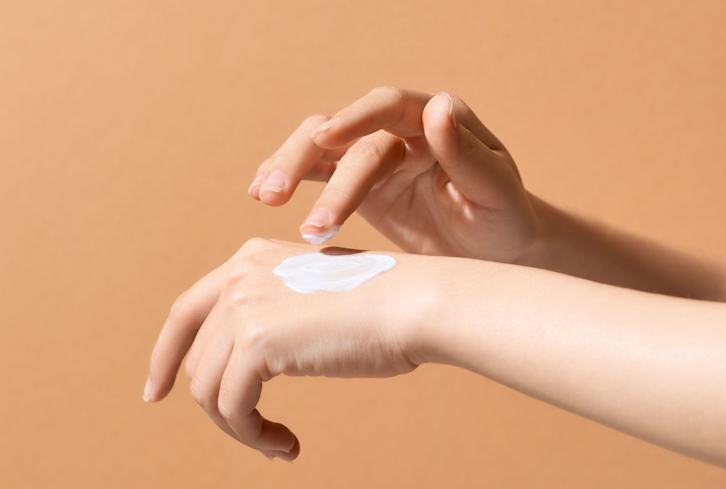Advertisement
Wait A Second — You Can Slug Your Hair Now, Too? Here's How To Do It Right


Slugging was around long before it blew up on TikTok, and it's safe to say it won't get booted anytime soon. Applying an occlusive moisturizer over your face cream and hydrating serums is a dream for those experiencing dryness—plus, it generally delivers a next-level glow.
Now, we're seeing another buzzword popping up on TikTok that's similar but different: hair slugging. No, hair slugging does not mean applying an occlusive jelly to your strands.
In fact, you may have even heard of this practice already.
What is hair slugging? A brief history
According to a consumer trends report from Spate, "While hair slugging may sound like a buzzy new hair technique, it's essentially hair oiling repackaged for the TikTok audience." As proven with "slugging," "I'm cold makeup," and even the "Olaplex bun" from a few months back, even the simplest of skin care practices or makeup looks can receive a special name—and "hair slugging" is no different.
Hair oiling, at its root, is an ancient Ayurvedic technique used to encourage hair growth and tend to the scalp while simultaneously providing a few mindful moments. "There is an element of it that is so familiar," explains Lisa Mattam, founder and CEO of the Ayurvedic beauty brand Sahajan, who has been oiling her hair since she was a child. "Most people have stories of their moms and dads sitting around and oiling their hair on a weekly basis."
So why are these two terms seemingly interchangeable in common slang? Well, slugging essentially involves incorporating another occlusive layer of moisture in order to rehydrate the skin—and hair oiling entails a similar process.
What are the benefits?
When you put oil on your scalp and strands and leave it on for a few hours (at least!), you're naturally going to increase hydration—and hydrated, healthy hair grows way faster.
But when paired with a good scalp massage, that's where the real hair growth benefits come in since increasing circulation on the scalp is associated with increased hair thickness1.
And if you really want to level up, layer a hair growth serum under your hair oil.
Can any hair type do it?
Any hair type can benefit from an oiling routine. Depending on your texture and scalp, though, you might find success with a certain cadence.
Those with finer locks might want to slug their hair less frequently, while thicker hair types prone to dryness might want to create a more regular slugging schedule.
The oil you choose matters, too: The finer your hair, the lighter oil you'll want to choose (jojoba is a great, lightweight option, whereas coconut or castor is stellar for denser strands). Note: Take caution for those with acne on the scalp or a scalp prone to clogged bumps.
How to slug your hair
Ready to start slugging your strands? Here's a quick tutorial, and find everything you need to know in detail here:
- Apply some oil to your scalp (we love coconut, argan, or jojoba).
- Massage it with your hands, and brush it through the ends. This will help distribute the product and ensure both your strands and scalp reap the benefits.
- Sleep with your hair like this, toss it in a slicked-back bun or ponytail, or rinse it out a few hours later.
mbg note
The takeaway
While the term "hair slugging" may seem new, it actually just refers to hair oiling—an ancient Ayurvedic technique used to encourage healthy, long, and strong strands.
To "slug" your hair, apply a hair oil to your scalp, massage it in, and brush it through to the tips. Leave it in for a few hours to a full day before rinsing. Not sure which oil to use? Here's a quick guide for your browsing pleasure.


















